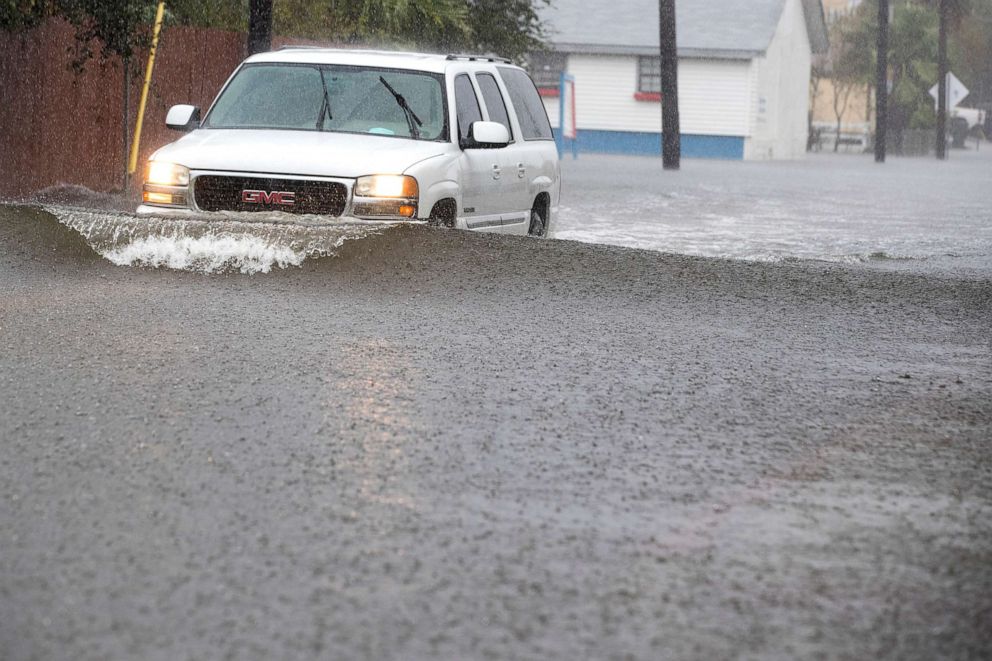The effects of sea level rise on coastal communities is even more drastic than scientists previously thought — with more evidence pointing to increases in flooding, even on days without rain, according to the National Oceanic and Atmospheric Administration.
High-tide flooding, or “sunny day flooding,” is becoming increasingly common due to decades of sea level rise, NOAA said in its update to its sea level rise report released Tuesday.
This type of flooding results from the overflow of ocean water at high tide that then covers low-lying areas — typically occurring when the tides reach anywhere from 1.75 to 2 feet above the daily average, according to NOAA.
The water then spills onto streets or bubbles up from storm drains and will do so “more regularly,” even with a mere full moon or change in prevailing winds or currents.
Coastal communities around the U.S. will continue to experience high-tide flooding — also known as “king tides” or “nuisance” flooding — with damage to basements and roadways commonplace as well as threats to human safety. Communities along the East Coast and Gulf of Mexico may see some of the highest levels of increases — with an over 150% increase in high-tide events in 2022 compared to 2000, the report stated.
In addition, due to lingering climatological effects from La Niña, coastal areas aren’t predicted to experience a record number of flood events this year compared to 2021.
“The East and Gulf coasts already experience twice as many days of high tide flooding compared to the year 2000, flooding shorelines, streets and basements and damaging critical infrastructure,” said Nicole LeBoeuf, director of NOAA’s National Ocean Service, in a statement. “As sea levels continue to rise, NOAA is committed to working with coastal communities to provide the tide gauge information and tools they need to tackle the problem, both now and in coming years.”
